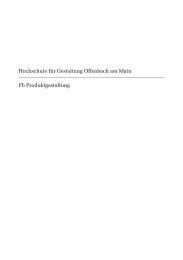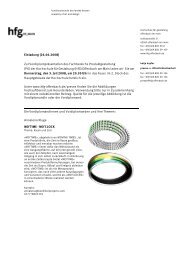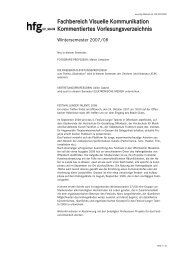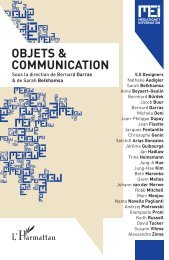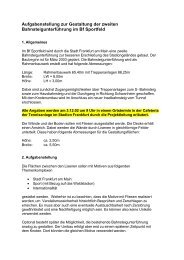User Manual
User Manual
User Manual
You also want an ePaper? Increase the reach of your titles
YUMPU automatically turns print PDFs into web optimized ePapers that Google loves.
In very simple terms, a digital capture unit holds a light sensitive sensor in place at the film plane.<br />
The electronic signals from the sensor are then processed and stored as a digital file.<br />
As an electronic colour image is made up of three components − red, green and blue which combine<br />
to form a so-called RGB image − the sensor’s task is to convert a multi spectrum light image into<br />
three digital files (red, green and blue) for combination later on.<br />
The H3D II uses a CCD (Charged Couple Device) type sensor that has millions of light sensitive areas<br />
on its surface each of which creates a pixel.<br />
Each pixel in the sensor is filtered to create the three separate red, green and blue files. Software then<br />
processes these electronic files as a package into a Hasselblad 3FR file which in turn is processed in<br />
Phocus to produce Hasselblad 3F files or various other formats such as DNG, TIFF, JPEG etc.<br />
The three components of the image file are later recombined on the computer screen to produce the<br />
familiar full colour image.<br />
31<br />
•<br />
The captured image can be temporarily stored internally on a CF card. Externally, captures can be<br />
stored via a FireWire connection onto a Hasselblad ImageBank-II or onto the hard disk of a computer.<br />
When using the camera tethered in a studio you can control all the digital aspects of camera<br />
operation from a computer using Phocus. See the separate Phocus manual for further details.<br />
As the H3D II is a purely electronic device, attention to power supply is vital. When working untethered<br />
it is therefore important to plan either battery loading or battery replacement to ensure continued<br />
workflow. Likewise, image storage is limited, particularly when using flash cards and appropriate<br />
steps should also be taken when planning a shoot.<br />
•<br />
When attaching and removing the digital capture unit, pay particular attention to the image sensor<br />
area. The sensor itself is covered and protected by a glass IR filter but take great care when handling.<br />
If you need to clean the filter, see later section for specific details. When storing separated from the<br />
camera, always ensure you have replaced the protective cover.<br />
If you scratch or mark the filter in any way, it will show up on every shot. Replacements are expensive<br />
so treat the glass surface with at least as much care as you would a lens.<br />
The sensor itself is not accessible for any kind of cleaning or maintenance by a user. Do not attempt<br />
any such action as you will almost certainly damage it irreparably.<br />
As is the case with all electronic devices pay extra care when working in damp en vironments and<br />
avoid damp conditions for storage.<br />
<br />
Take note of the ways of working you can adopt to improve workflow efficiency. Using batches, naming<br />
batches, IAA etc will speed things up when working on image development in both FlexColor<br />
and Phocus (the Hasselblad image processing software included).



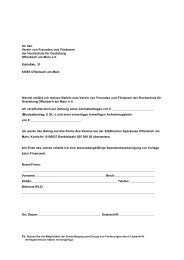
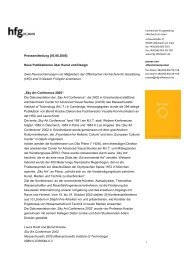
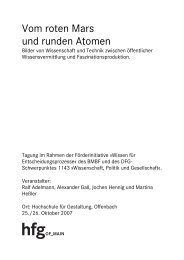
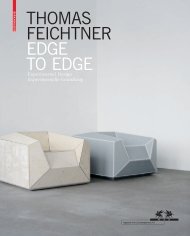
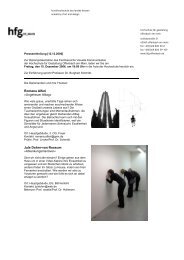

![Einladung [07.02.2006] - Hochschule für Gestaltung Offenbach am ...](https://img.yumpu.com/13375413/1/184x260/einladung-07022006-hochschule-fur-gestaltung-offenbach-am-.jpg?quality=85)
